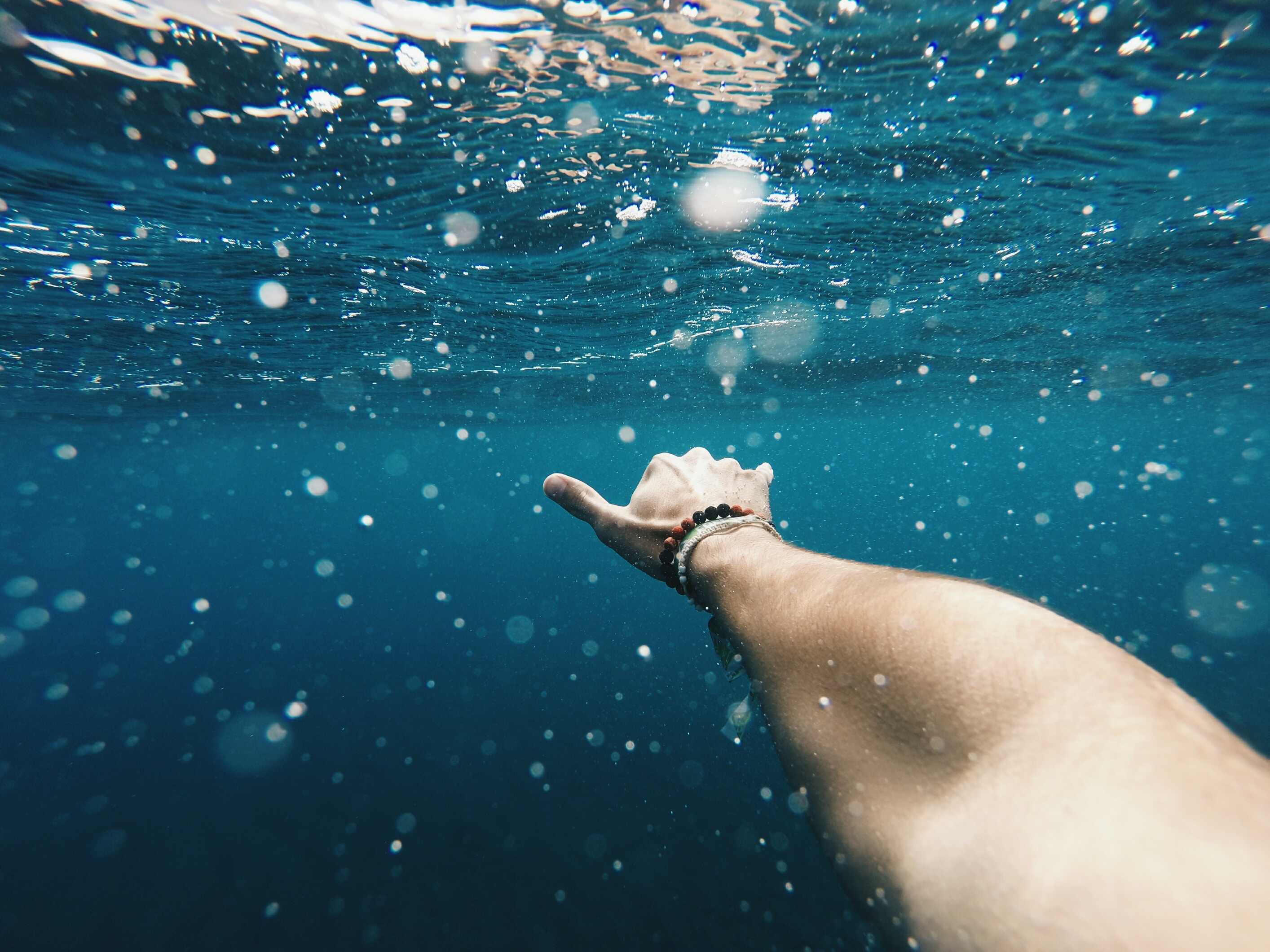Written By: Brock Turville, Summer Student
As the warm summer weather continues, many Canadians will cool off in a lake or swimming pool. Canadians see the highest number of drowning deaths in July and August[1] when temperatures are hottest. If you plan on spending time in the water this summer, you should be familiar with the common signs of drowning.
Contrary to Hollywood movies and television shows where people are often depicted yelling for help and frantically splashing about before drowning, most people have a very different reaction. Drowning is a surprisingly quiet event, and without being alert to its signs, it can be easily overlooked.
There are several reasons for little sound or protest immediately before drowning:
- People are physiologically unable to call out for help because breathing takes priority over speech.
- When a person is drowning and bobbing above and below the surface, their mouth is not above water long enough for them to exhale, inhale, and call out for help.
- People who are drowning cannot control their arm movements or wave for help because the human body forces them to extend their arms outward and press down on the surface.[2]
In short, when a person is drowning, their body is instinctively responding to an emergency and is channeling all of their energy into breathing and staying afloat. For these reasons, a loved one could be drowning only a few metres away and you may not notice it.
Studies have shown that a lack of supervision is a major factor in drowning incidents. Shockingly, less than half of Canadian parents believe that children always need to be supervised around water, regardless of their swimming ability.[3]
48% of Canadians mistakenly believe that they can effectively supervise children by listening for problems in the water.[4] Checking your emails or responding to a text message, with the expectation that you will hear any calls of distress from your child, can end in disaster. You should always stay within arms’ length of your child and you should never take your eyes off them, even for one second.
Be sure to be on the lookout for these telltale signs of drowning[5]:
- Head low in the water and tilted back with mouth open
- Glassy or “empty” eyes that are unable to focus
- Closed eyes
- Hair over forehead or eyes
- Not kicking or using legs
- Body vertical in water
- Arms out to the side pushing down on water
- Hyperventilating or gasping
- Trying to swim but not covering any distance
- Trying to roll over onto back
- Appearing to climb an invisible ladder
- Silence
Although it seems counterintuitive to most people, if someone does not look like they’re drowning, you should be on high alert that they might be. If someone is treading water or looking upwards, you should be ready to provide assistance. If you are unsure whether someone is drowning, ask them if they are alright. If they do not respond or give you a blank stare, you should assist them immediately.
Fortunately, drowning deaths in Canada are on the decline.[6] However, many of these preventable deaths still occur each year, but they can be further reduced if more Canadians are alert to the signs of drowning.
[1] “Canadian Drowning Report.” 2017 edition. Life Saving Society. http://www.lifesavingsociety.com/media/264742/98cdndrowningreport_2017rev_web.pdf.
[2] Mario Vittone. “Drowning Doesn’t Look Like Drowning.” Soundings. April 26, 2018. https://www.soundingsonline.com/voices/drowning-doesnt-look-like-drowning.
[3] “Drowning: A silent killer.” Red Cross. August 12, 2013. http://www.redcross.ca/about-us/red-cross-stories/2013/drowning–a-silent-killer.
[4] Ibid.
[5] Supra, note 2.
[6] Supra, note 1.






